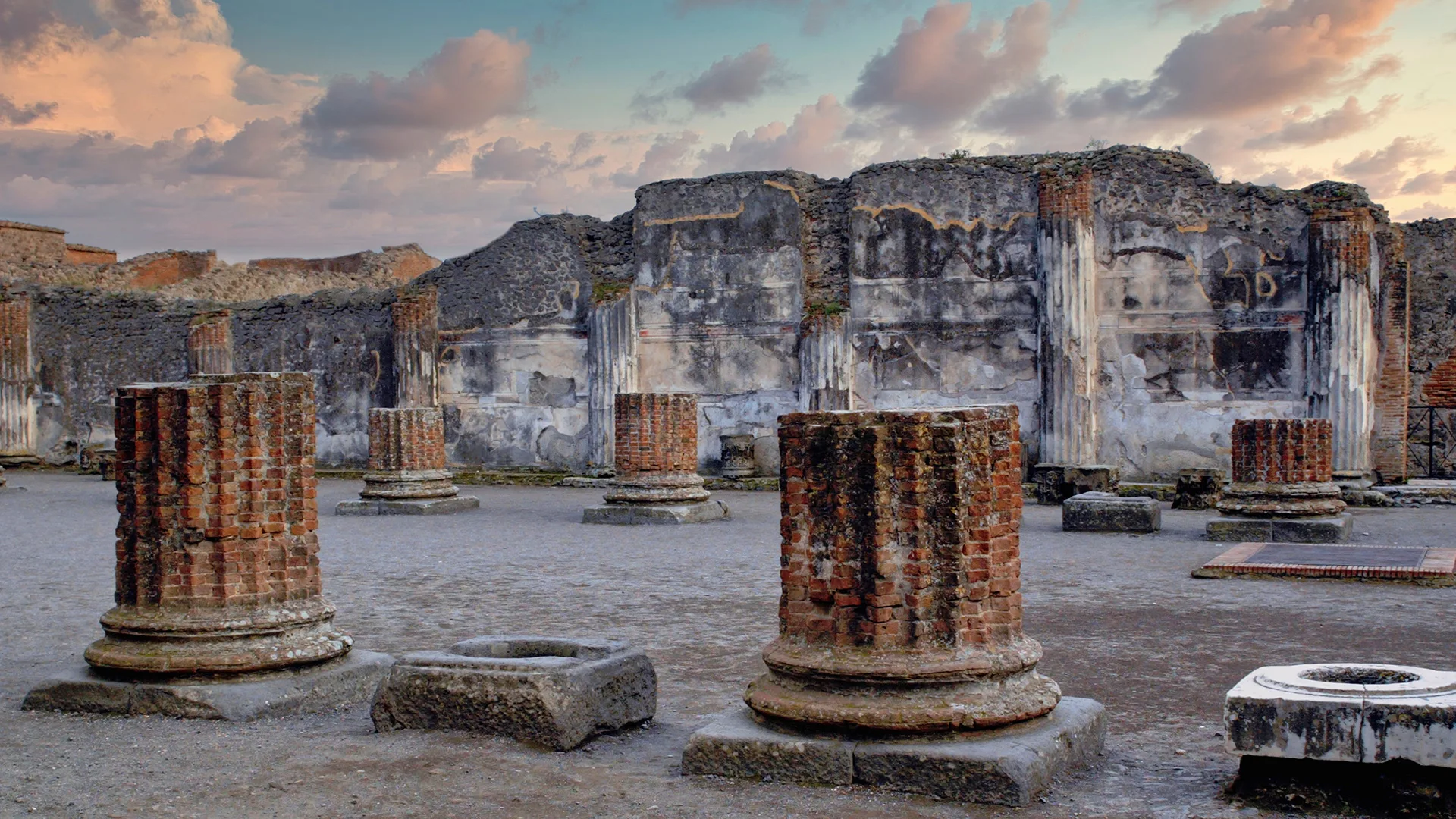A short history of lime in building
Lime and lime mortars have been central to human progress, shaping architecture and decorative arts through the ages. Their versatility has left a lasting legacy. Let’s explore some key moments in the remarkable history of lime mortars.
The Neolithic Revolution
During the Neolithic Revolution, humans discovered the power of lime alongside the creation of ceramic objects, marking a pivotal moment in the development of architecture, urban planning, and the shift to a settled way of life. In fact, this breakthrough helped pave the way from prehistory into the historical era.
More than 7,000 years ago, people in the Eastern Mediterranean and Mesopotamia began using lime in various ways: protecting clay structures, shaping sculptures, and painting some of the earliest frescoes. These innovations laid the groundwork for a building material whose influence can still be felt in modern times.

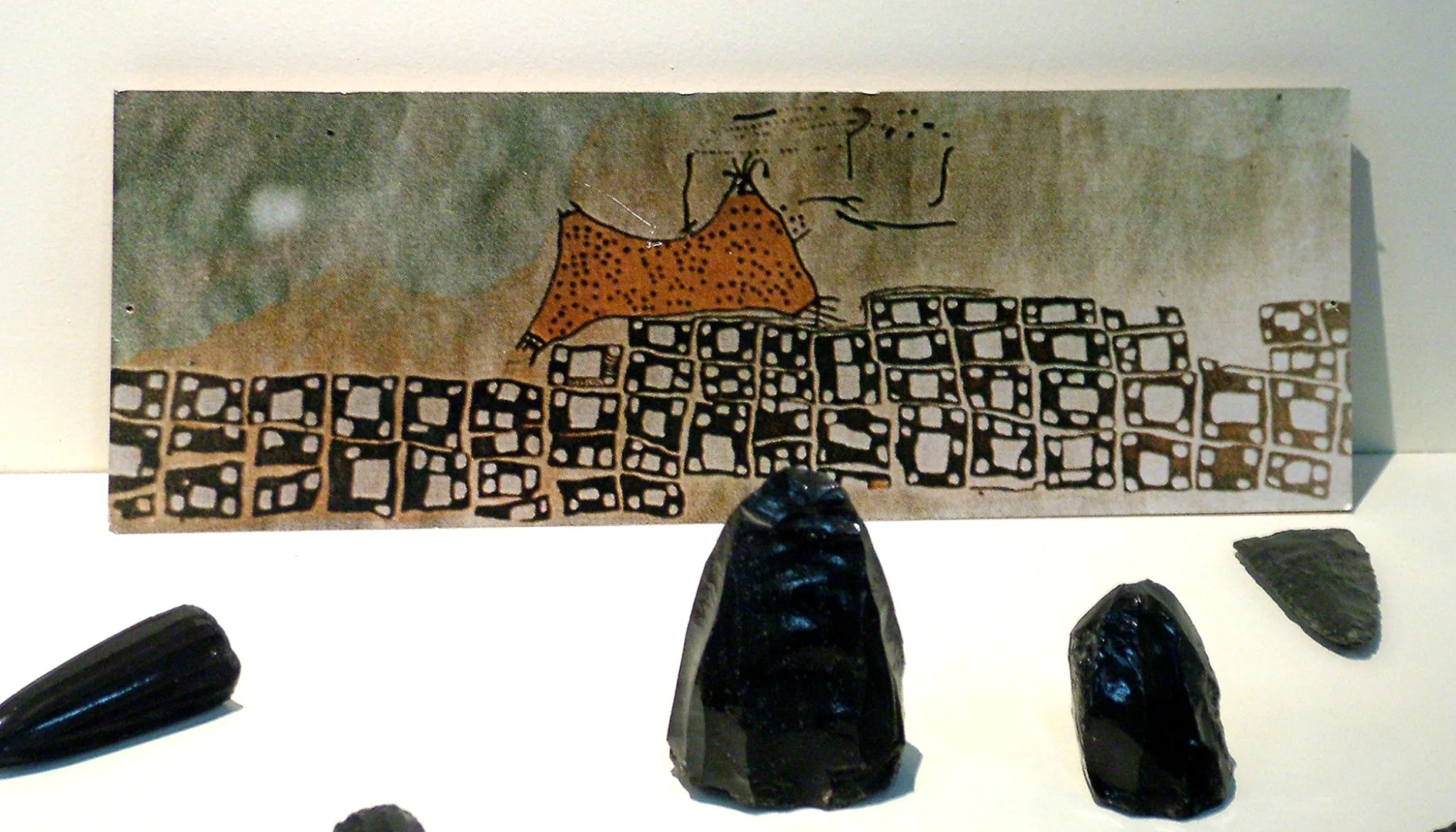
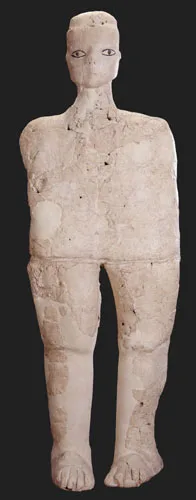
Ancient Egypt
The Great Pyramid of Giza, built around 2600 B.C. for Pharaoh Khufu (Cheops), showcases the Egyptians’ command of stone construction. Locally quarried blocks formed its core, while polished Tura limestone adorned its once-gleaming exterior. Although gypsum mortar was the primary binder, evidence suggests that lime-based mortars and plasters were also used in certain areas, highlighting the material’s practicality. This innovative approach helped shape one of humanity’s most iconic structures.
In the Theban tombs of the 15th century B.C., artisans created vibrant murals on plaster surfaces that have survived for millennia. While gypsum was commonly used, lime was occasionally incorporated, revealing an early appreciation for its adaptability. Pigments were mixed with organic binders, such as gums or animal-based adhesives, to achieve lasting color. The presence of lime in these decorative layers underscores its evolving role in ancient Egyptian art and building techniques.



Ancient Greece and the Roman Empire
During the 8th century B.C. in Ancient Greece, and later in the 4th century B.C. among the Romans, lime evolved into a widely adopted material for both structural and decorative applications. It was further refined during Roman times, leading to more sophisticated methods of producing lime mortar and plaster.
Vitruvius, a Roman architect and engineer from the 1st century B.C., recorded much of this knowledge in his multi-volume work De architectura. Celebrated since the Renaissance as the earliest surviving work of architectural theory, this text provides detailed insights into the preparation, manufacturing, and application of lime putty mortars, lime based concrete, and fresco plasters.
Many of these lime-based works, such as the vibrant frescoes and enduring buildings in Pompeii, attest to the remarkable resilience and lasting quality of these time-honored techniques.

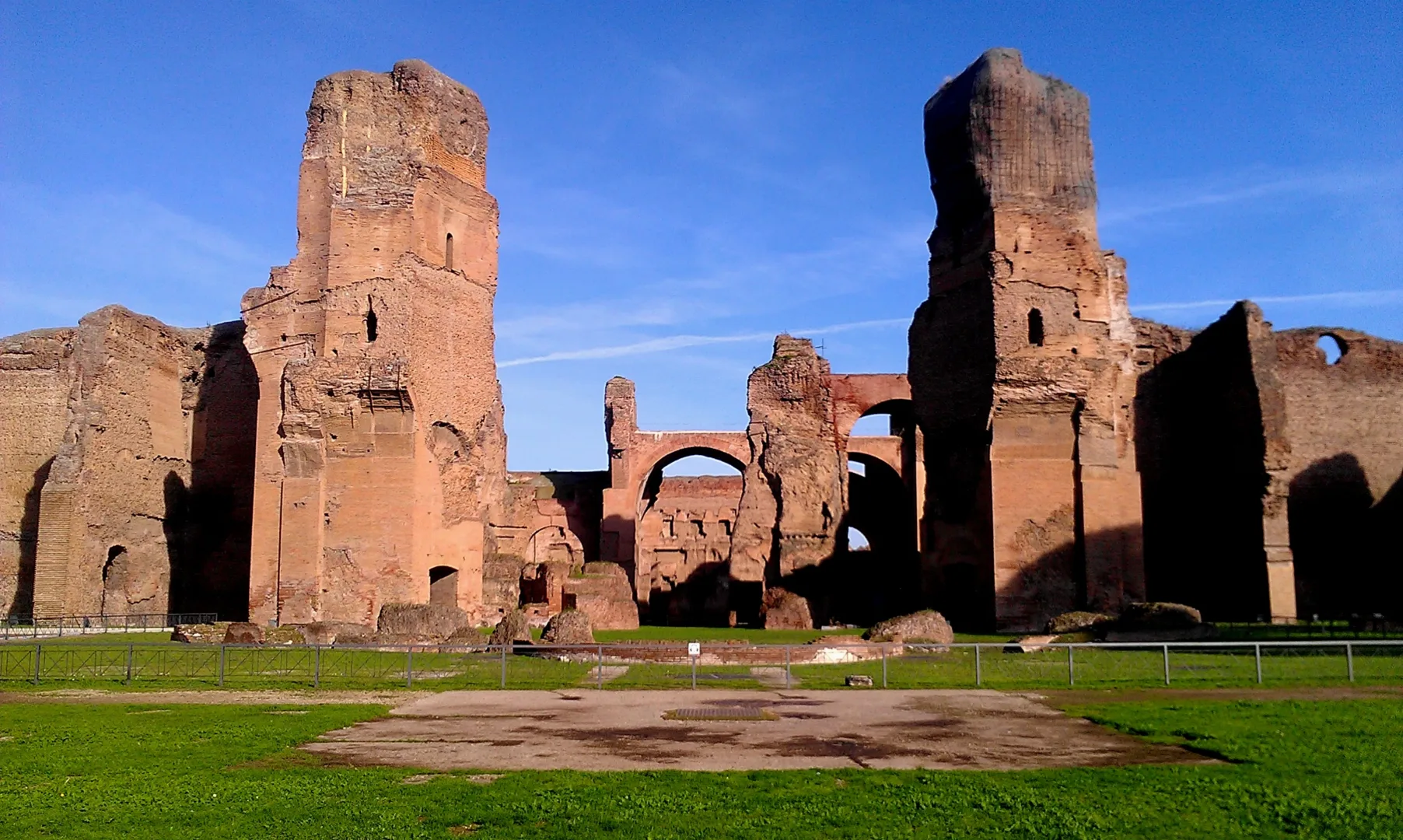


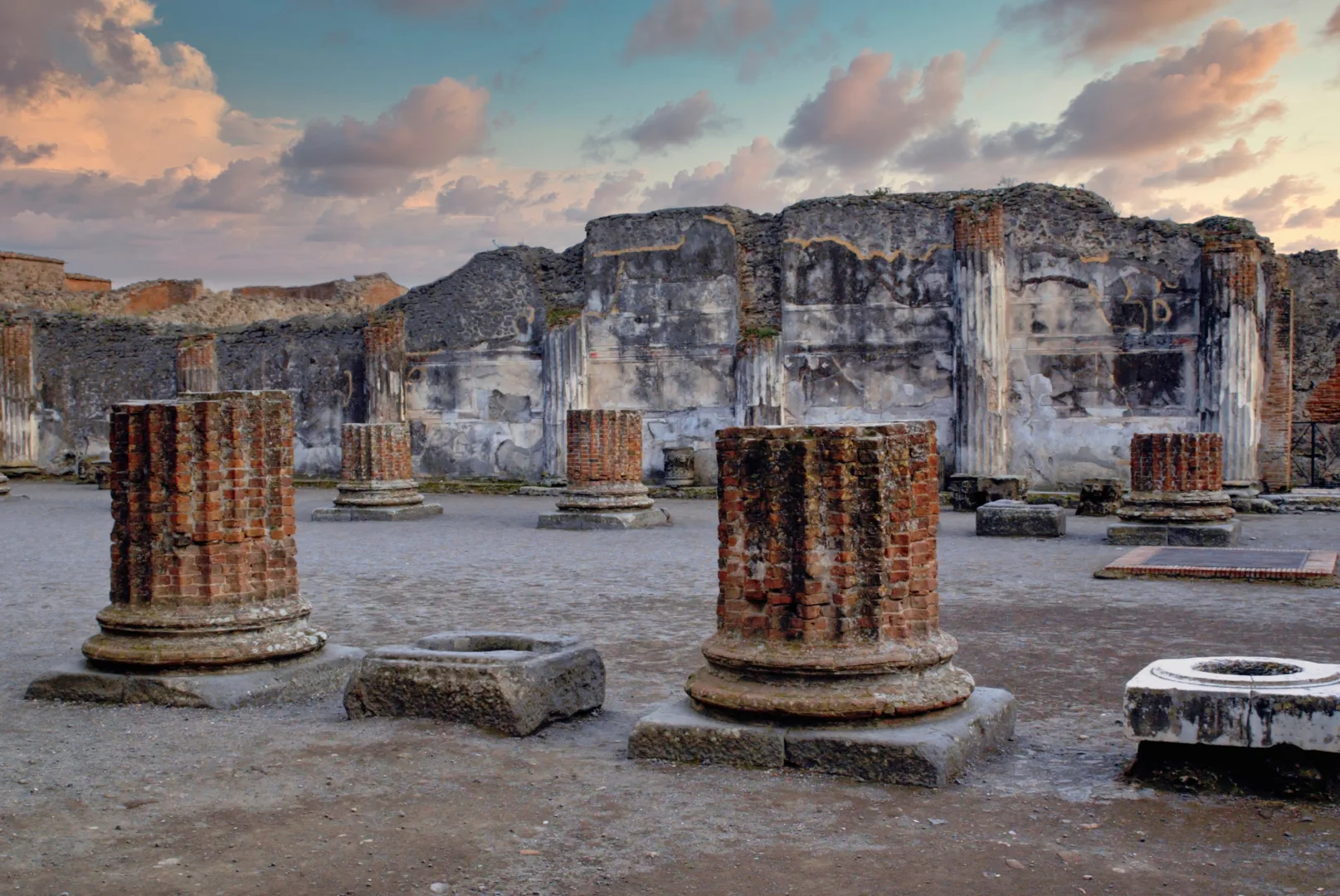
Middle ages
During the Middle Ages, much of the sophisticated knowledge behind Roman mortars faded in many parts of Europe, leading to poorer-quality mixtures that lacked the uniformity and durability of their predecessors.
However, in Islamic and Buddhist regions, builders continued to refine lime-based techniques, adapting and improving upon earlier methods. Their work not only preserved essential mortar-making traditions but also advanced them, setting the stage for the architectural innovations that flourished during the Renaissance revival.

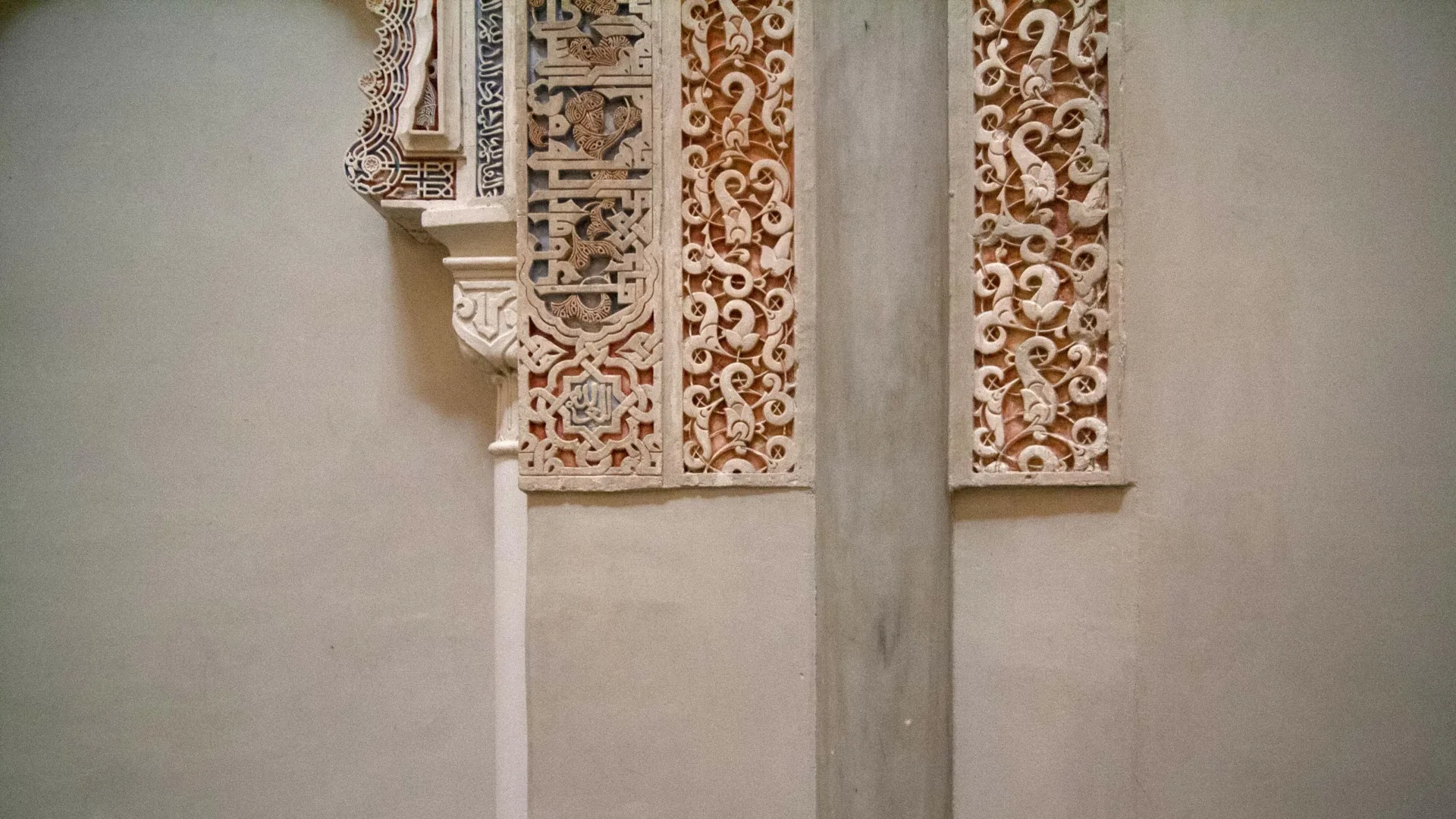

Renaissance
During the Renaissance in Europe, a renewed fascination with classical art and architecture revived the popularity of lime putty mortars and stucco. Inspired by fresh archaeological discoveries of ancient sites, artists and architects refined these time-honored materials to create ornate frescoes, intricate sgraffito designs, and elegantly adorned facades.
The results were vibrant decorative works that still grace historic palaces and temples, reflecting both the artistic innovation of the era and the enduring resilience of lime-based techniques. Today, the frescoes and sgraffito plasters stand as treasured cultural legacies, bridging the ancient past with Renaissance mastery.
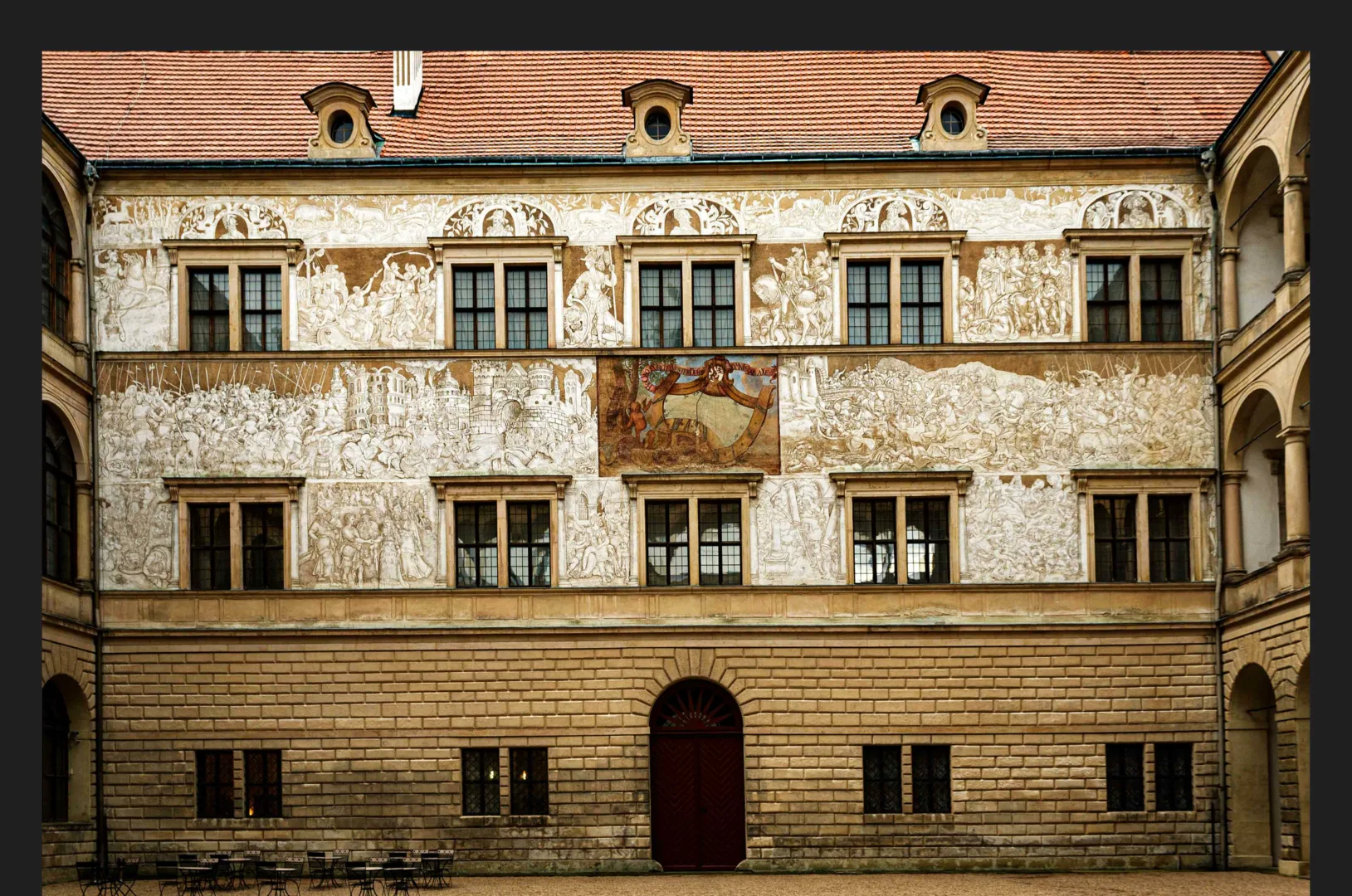
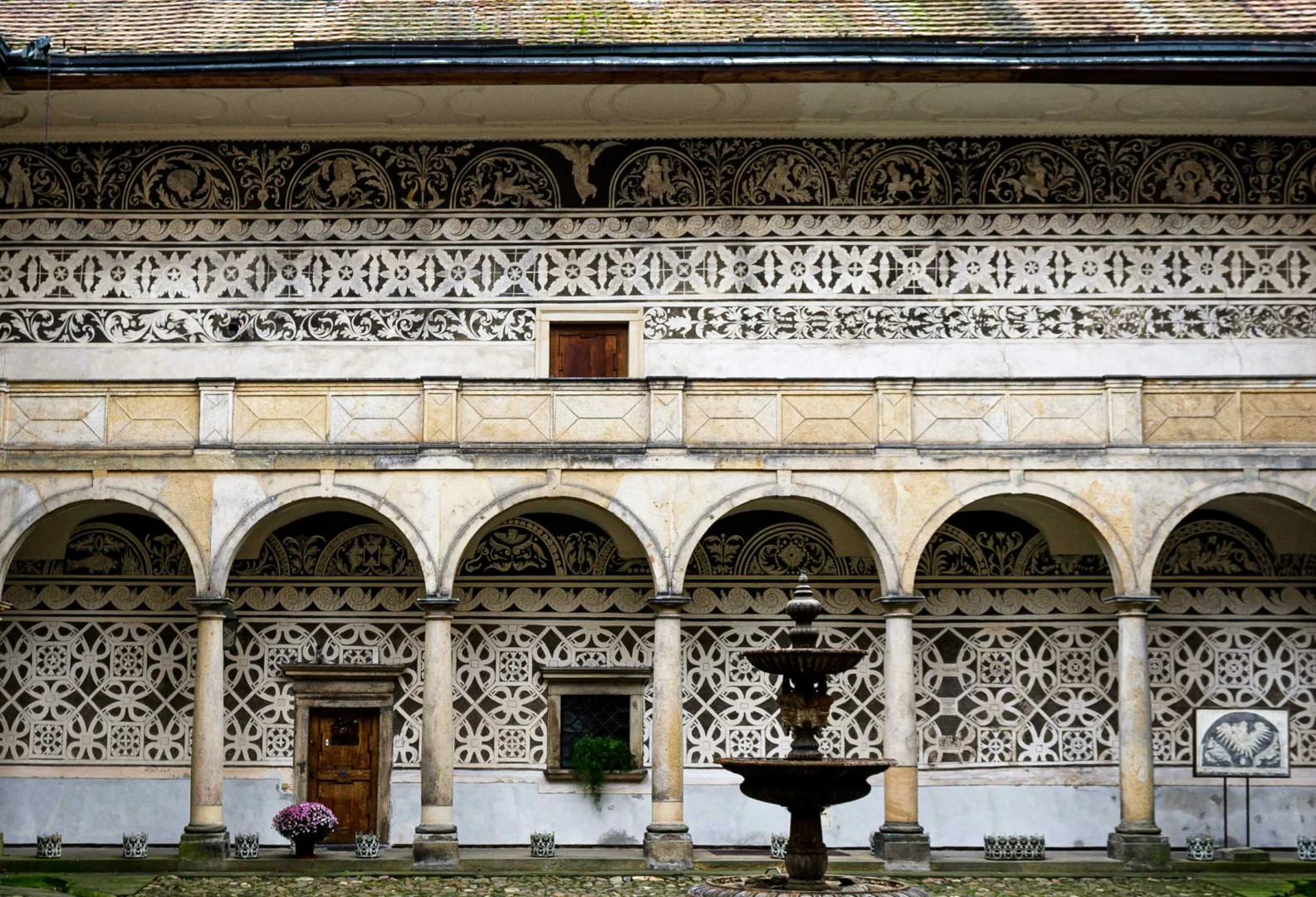

Art Nouveau
At the turn of the 19th to the 20th century, the Art Nouveau movement rekindled interest in decorative craftsmanship, breathing new life into lime-based mortars and plasters. Architects and artisans used sgraffito (cutting patterns in the wet plasters) and fresco paintings to transform urban facades with flowing lines and organic motifs, which paired beautifully with lime’s pliability and subtle sheen. These richly adorned buildings remain a striking testament to the synergy between centuries-old lime traditions and the bold creativity of Art Nouveau design.

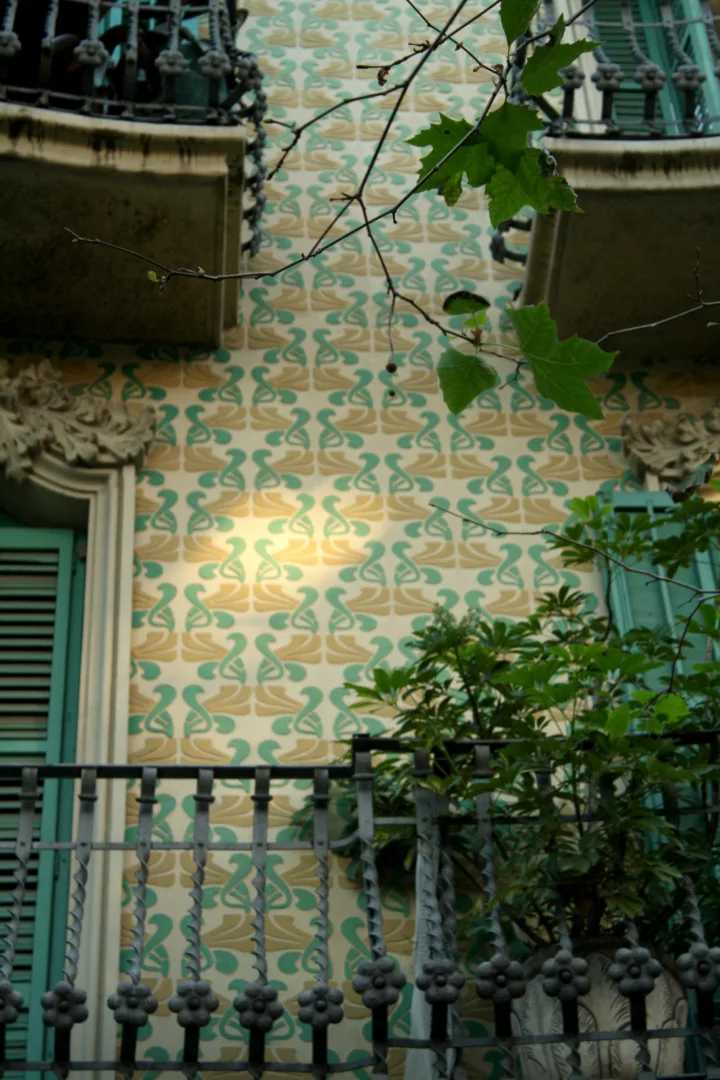
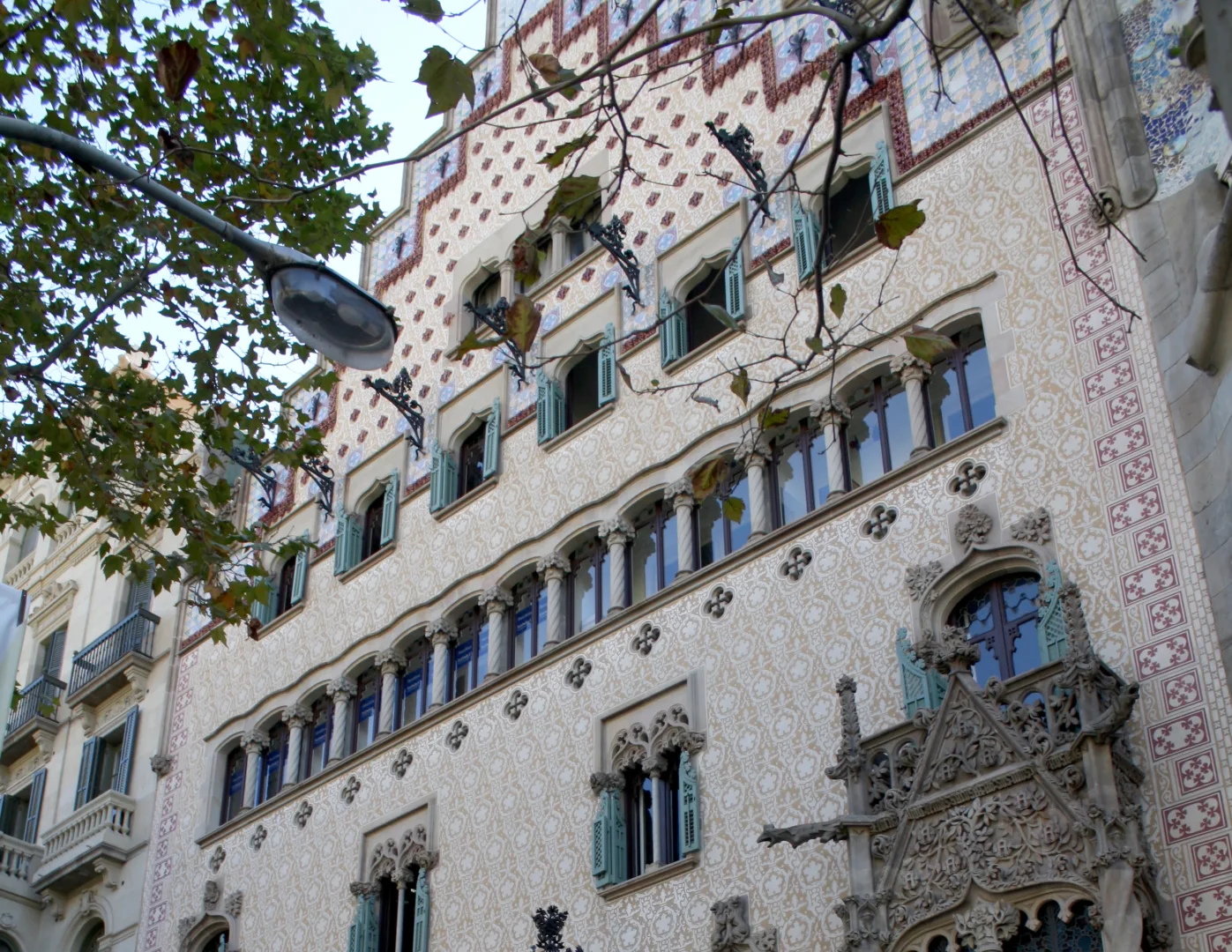
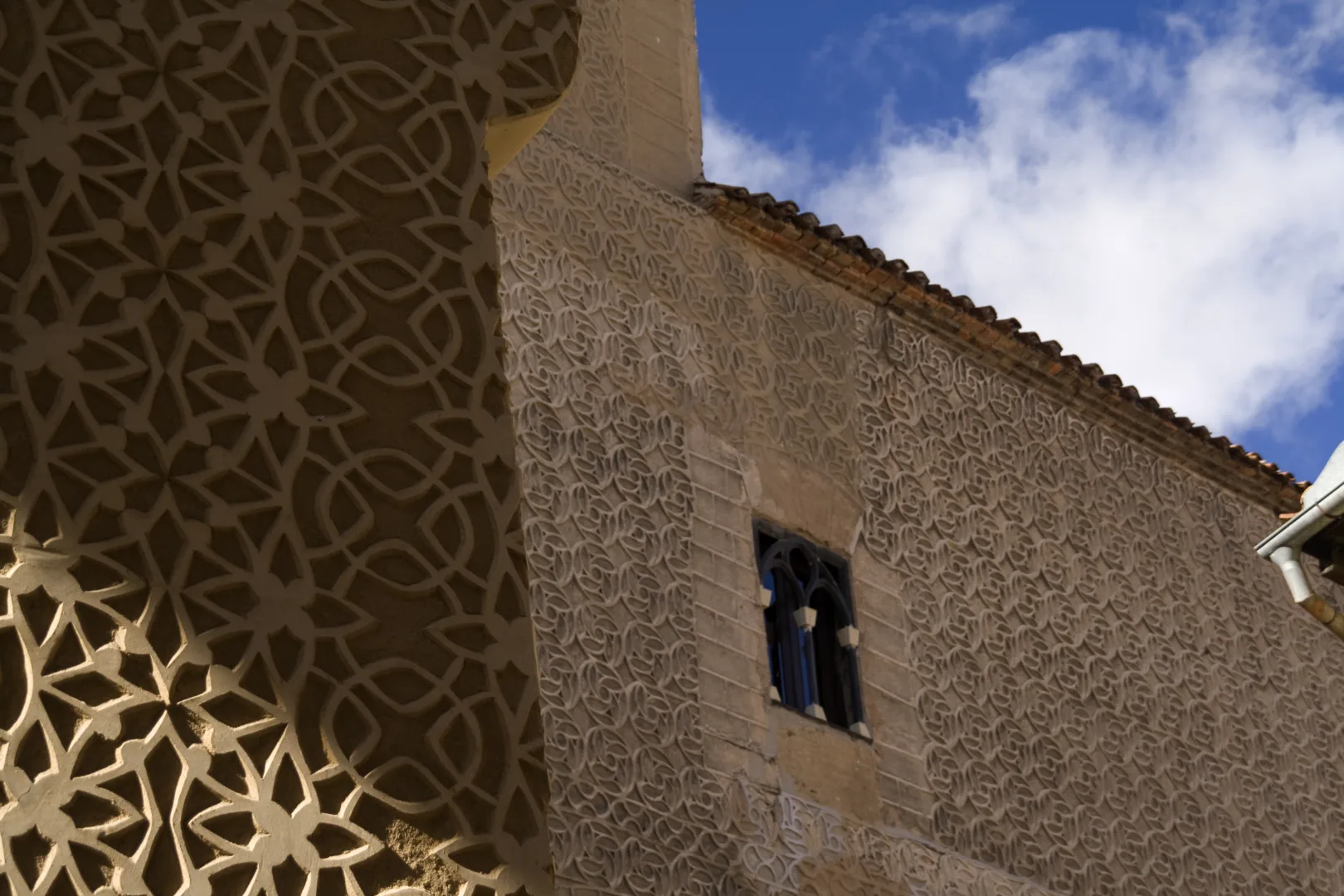
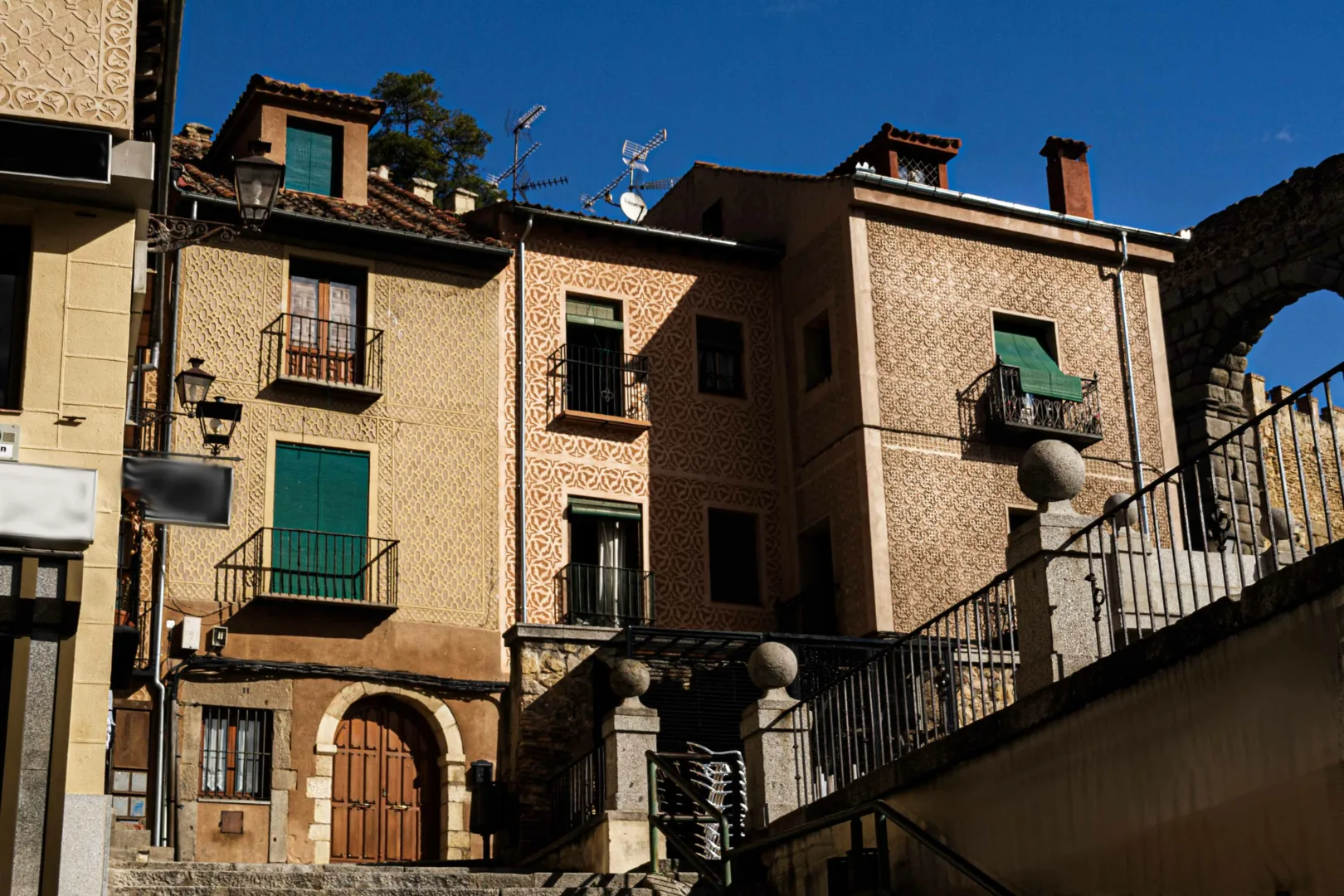
Contemporary Lime Putty mortars
Although cement and other industrial binders gained dominance throughout the 20th century, the art and knowledge of working with lime mortars never fully disappeared. Skilled artisans have faithfully passed down these time-honored methods, recognizing lime’s unique beauty and attributes; durability, biodegradability, elasticity, breathability, and mechanical resilience.
Today, as green building practices rise in popularity, lime putty is once again at the forefront of restoration, sustainable construction, and interior design.
Artisan Stucco Mortars strives to rekindle the love for historical, traditional lime plasters and mortars. We provide the finest materials history has to offer, combining them with modern production methods and research into both traditional and contemporary techniques.
With our creativity and expertise, we help you rediscover the beauty of these timeless and versatile materials, ensuring that lime plasters and mortars continue to play a lasting role in modern construction projects.
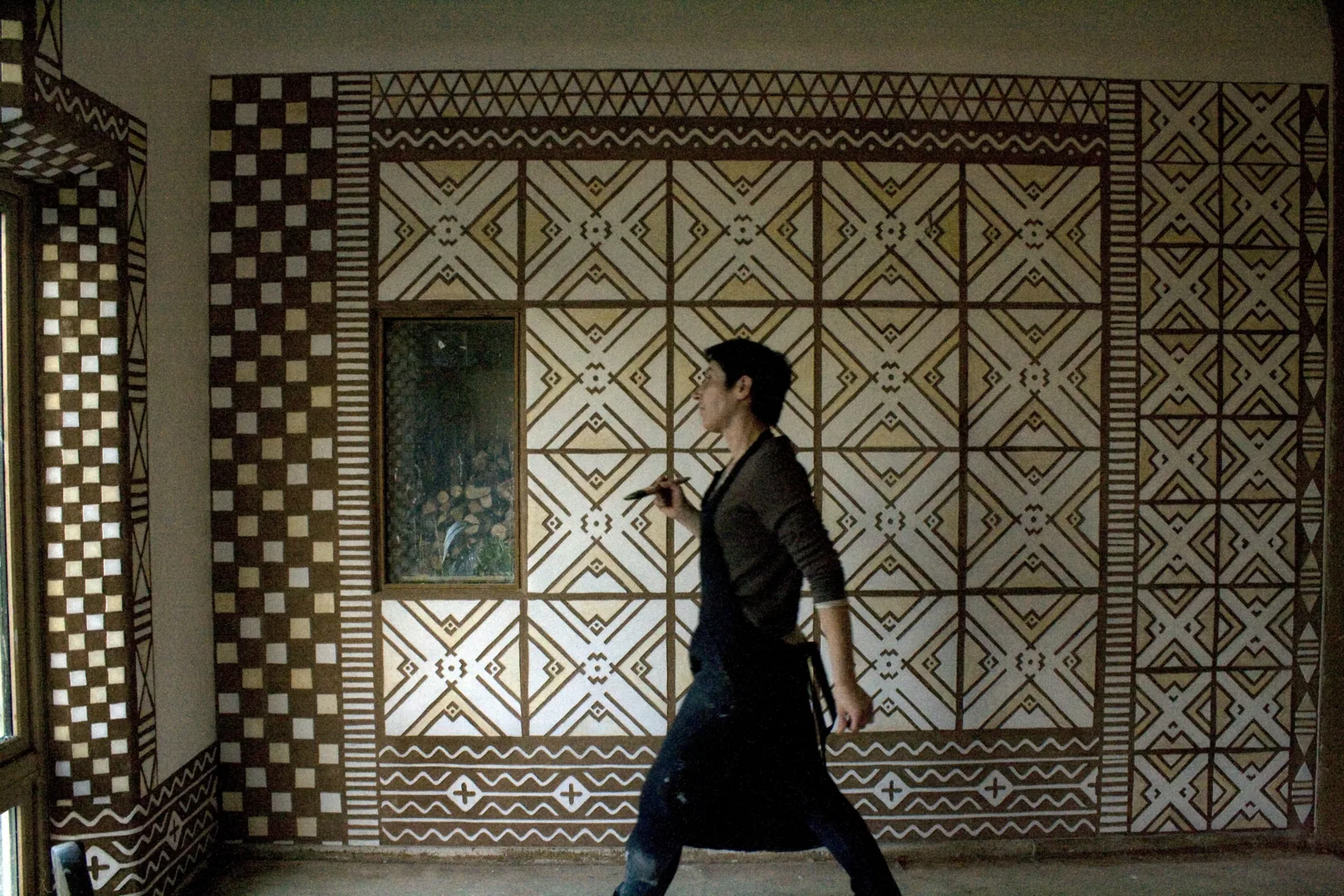
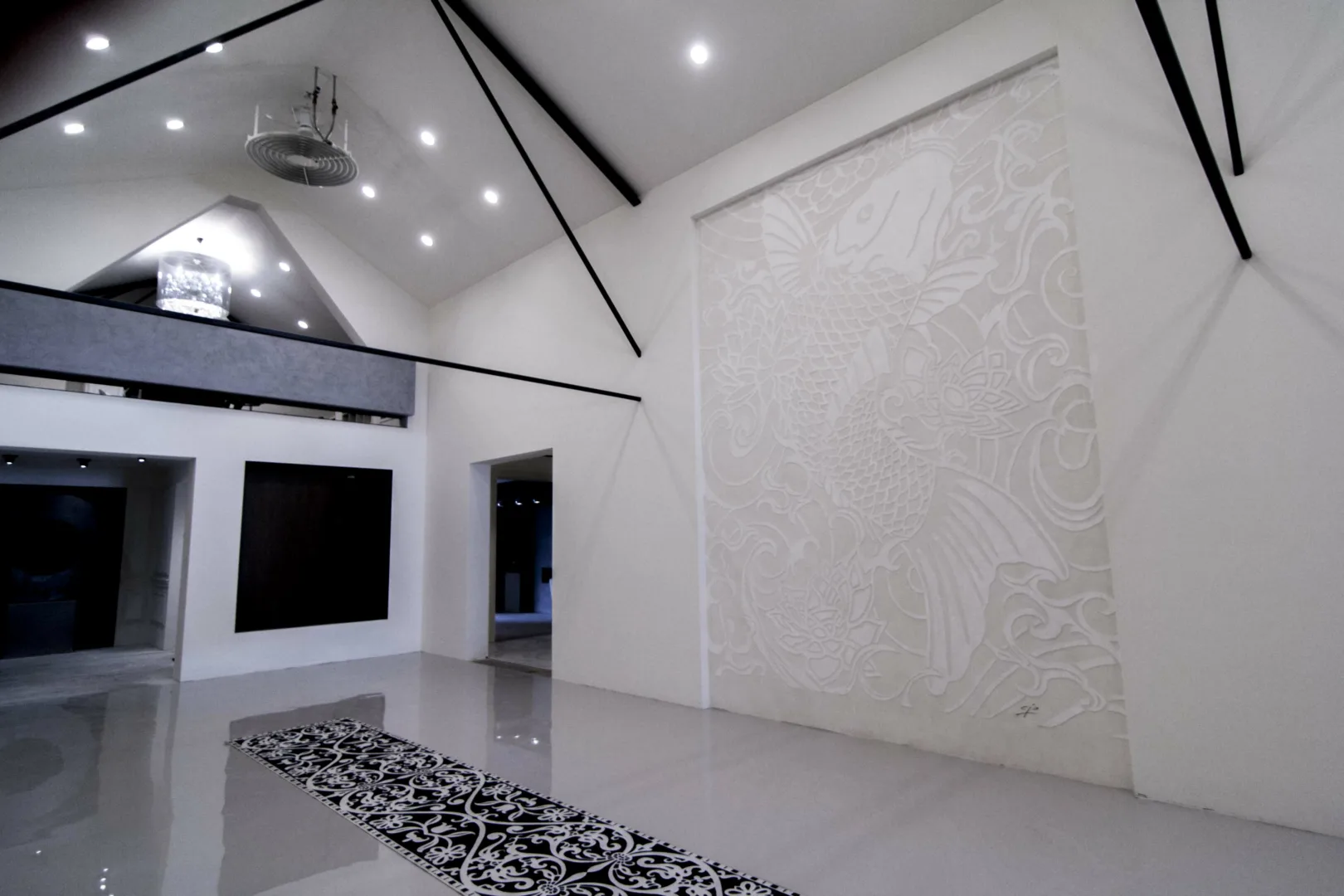
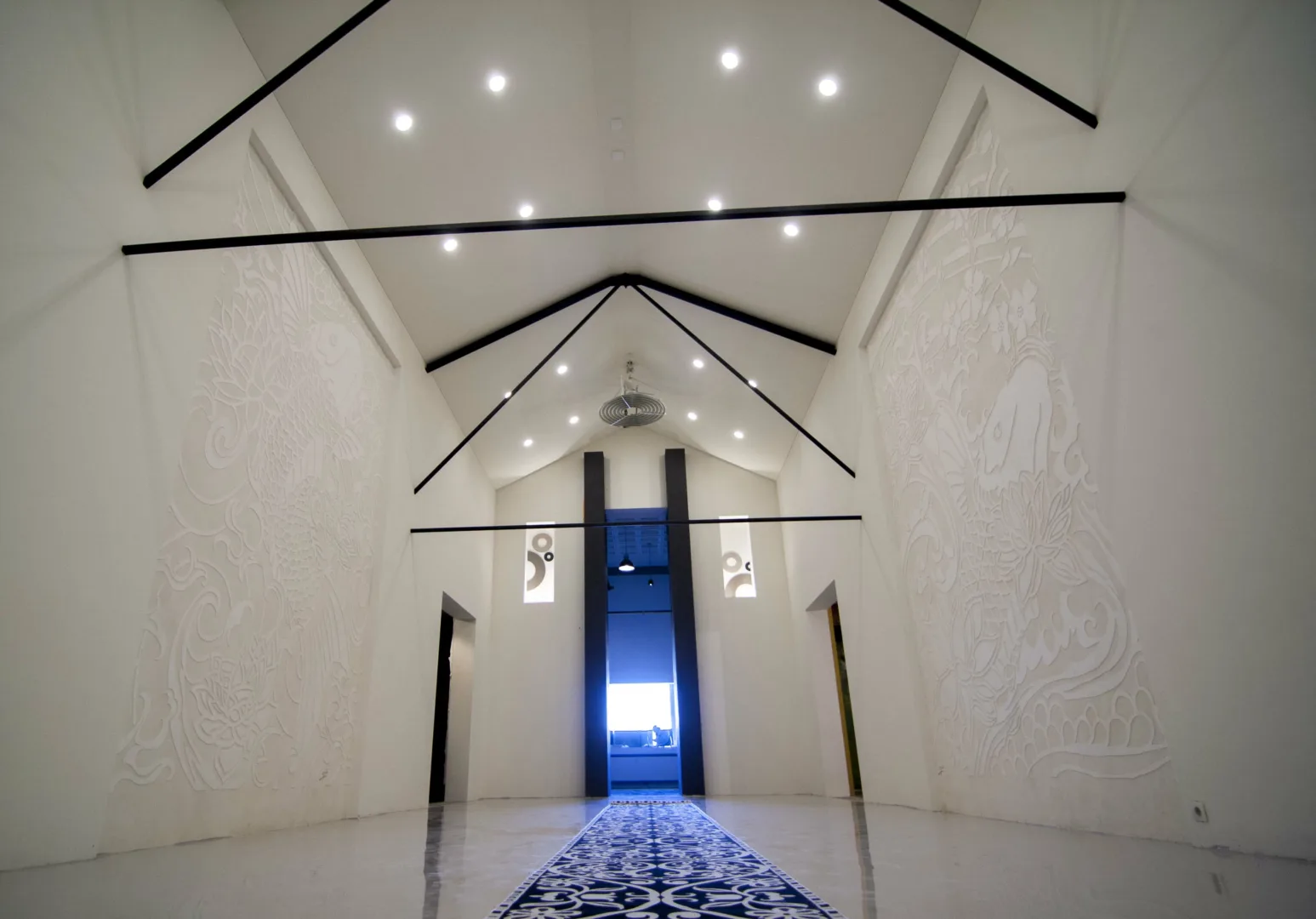
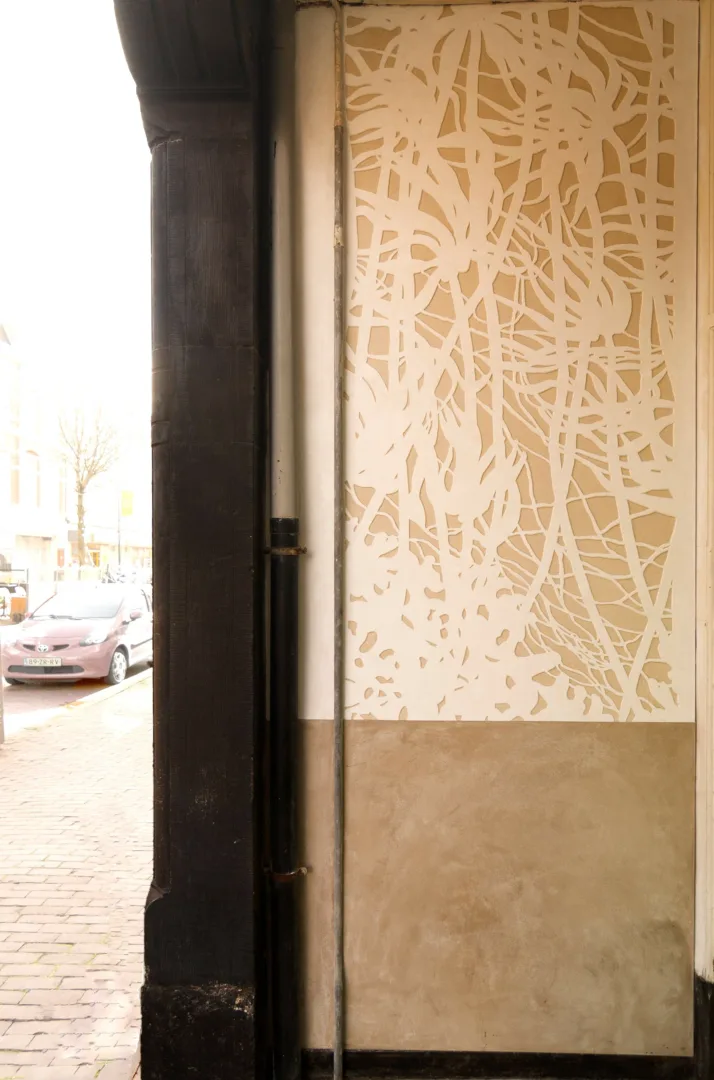
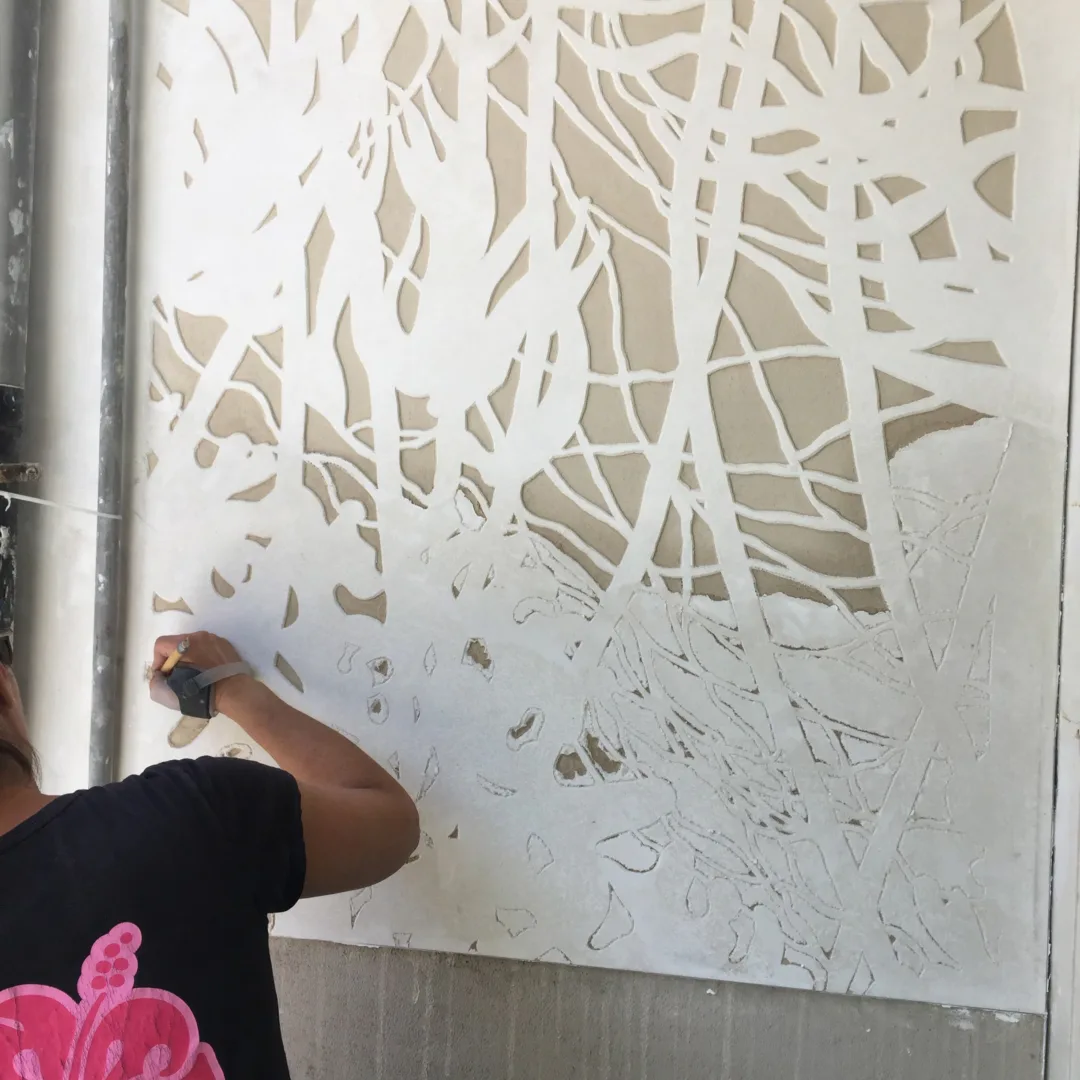
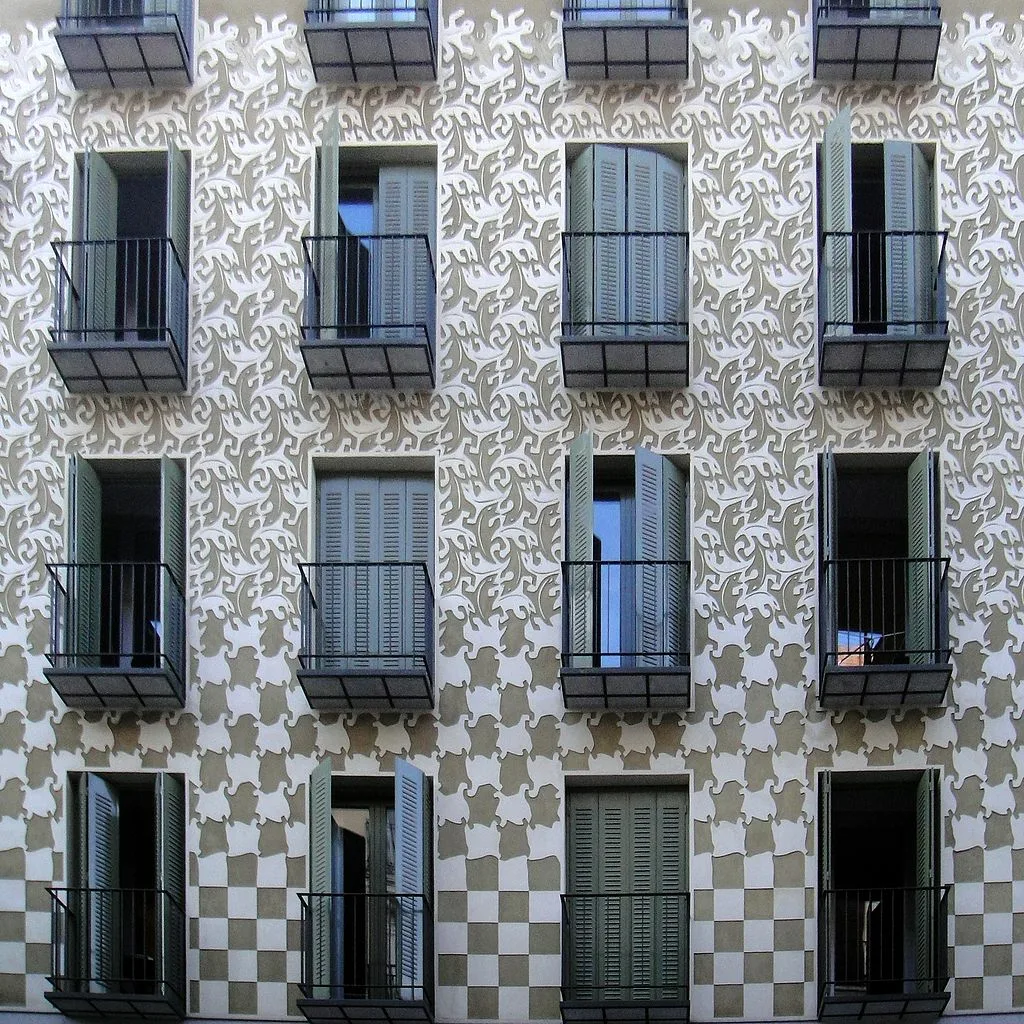
Artisan Stucco Mortars strives to rekindle the love for historic, traditional lime plasters and lime mortars. We provide the finest materials history has to offer, combining them with modern production methods and research into both traditional and contemporary techniques.
With our creativity and expertise, we help you rediscover the beauty of these timeless and versatile materials, ensuring that lime plasters and lime mortars continue to play a lasting role in modern construction projects.
